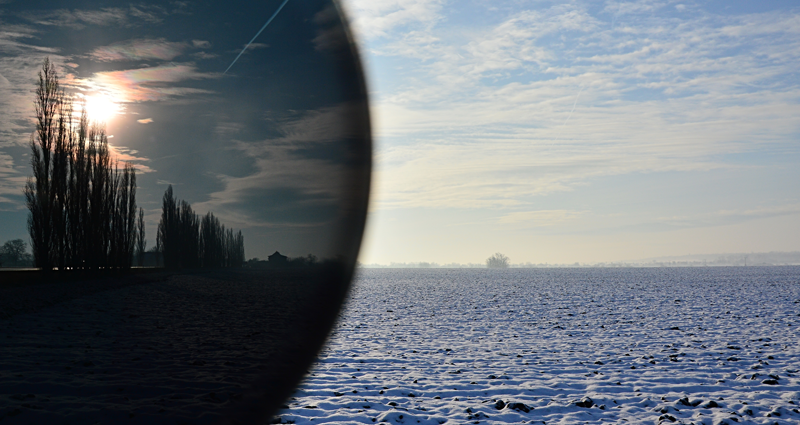Smart Glass, switchable glass and smart films are glazing terms used to describe window and door glass technology that changes color or tint levels when exposed to light or another external trigger, like UV radiation or an electrical current.
Smart glass is adaptive to its environment on demand and is stimulated to respond to make sun glare a problem of the past while enhancing privacy within the built space. It could exist as slightly tinted glass or a full-blown smart window that ‘blacks out’ as programed to adapt to changing environmental conditions. Interior and exterior facing smart glass applications are increasing in popularity as dynamic office space requires privacy on demand as spatial needs change in this new remote and hybrid work context.
‘Smart glass’ tech includes smart glass windows, which allow light to pass through while blocking out unwanted views; smart glass mirrors, which block out unwanted views while allowing light to pass through; and smart glass doors, which allow light to enter while blocking out unwanted viewing from the inside or out.
Smart Glass or Smart Film?
The main types of ‘smart glazing’ are electrochromic glass and photochromic retrofit film technologies. Your application type, budget, and desired level of performance will drive the best solution for each project. Below is an introduction to these innovative solutions that open an entire world of possibilities for your window and door project.
The big difference between the two options is that electrochromic glass changes color, or tint levels, when electricity is applied to them through a system of batten bars and wires. Electrochromic glass technologies are ‘on demand’ products and can be ‘turned on’ at any time when met with the electrical current that acts as the external stimuli. So long as electricity is available and tied into the glass by a professional installer and electrician, the performance is amazing and creates the ‘wow factor’ that designers and architects strive for.
Photochromic glass films are retrofit technologies that apply to existing glass and change color based on how much UV light from the sun lands on them. CoolVu’s photochromic window films are triggered by UV light exposure in the 380-400nm range on the solar spectrum and transition most under significant sun exposure. Transitions can be as high as 25-30% when the sun’s intensity is at its high point.
On darker or rainy days when sun exposure is minimal, CoolVu’s photochromic window films are not triggered, helping make sure your window and door glass stays natural in these environmental conditions. Applied like traditional window films, these products do not require electricity or an electrician to tie into a power source and are 50-60% less expensive than electrochromic glazing as a result.
While electrochromic glass offers on-demand privacy, the photochromic films offer dynamic sun control and adaptive conditioning based on exposure to the sun. Below, we’ll break down the technology behind these glass and film technologies so you can better understand which is the right solution for your needs.
Electrochromic ‘Smart Glass” Windows
The first commercially available electrochromic glass technology was developed by 3M in the early 1980s. This technology uses electricity to change the color or tint levels of the glass. In the 1990s, the company began marketing the product under the brand name Ecolux®. These ‘on demand’ glass technologies are popular in restaurants, hotels, airports, and high-end office space. Today, there are several companies offering electrochromic products, with CoolVu partner Gauzy from Israel the leader of the pack.

Smart glass, also known as switchable window film is a type of window treatment that changes color when exposed to an electrical current. This glass technology allows users to control the amount of light passing through the window or door glass providing enhanced privacy on demand. Software apps can help control the level of light transmission and opacity of more advanced dynamic glass products with the highest end products programmable through your smart phone.
Photochromic Window Film
Smart windows films are window film systems that automatically adjust to the amount of sunlight entering the room. Also used to block out harmful ultraviolet rays and reduce the amount of heat entering the building through windows, these films are ceramic based and completely non-mirror in appearance. The most common type of smart glass film is photochromic glass film, which changes color when exposed to UV sunlight and lightens again when the sun goes down or on rainy days.
Whatever your smart glass or smart film needs are, CoolVu is here to help. When it comes to deciding between electrochromic or photochromic glazing products, we can discuss with you what your needs are to help guide you to the best solution for the project. Our national franchise partners provide for local service and can assess and install at the highest levels of professionalism in the ‘smart window’ industry.


